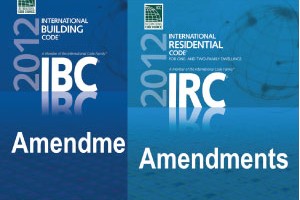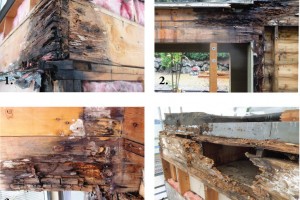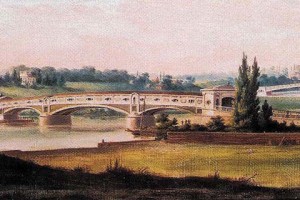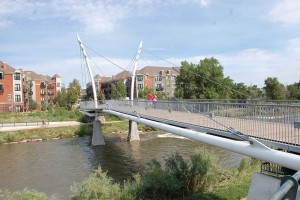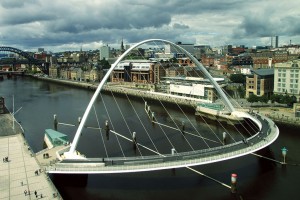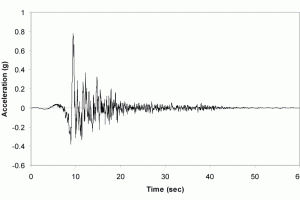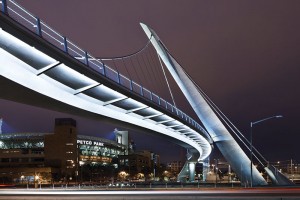Bridge deflection and vibration data are often useful for structural health monitoring (SHM), load rating determination, change in use, or retrofitting. Deflection and vibration data are typically gathered through nondestructive testing (NDT) or nondestructive evaluation (NDE) methods. For most bridges, this means installing accelerometers, strain-gauges, linear variable differential transformer (LVDT), or string pot type instrumentation, which sometimes requires a temporary restriction of bridge use, and technicians must gain access to the bridge’s structural members which can involve fairly hazardous work, both to install the instruments and to remove them when the study is complete. …

